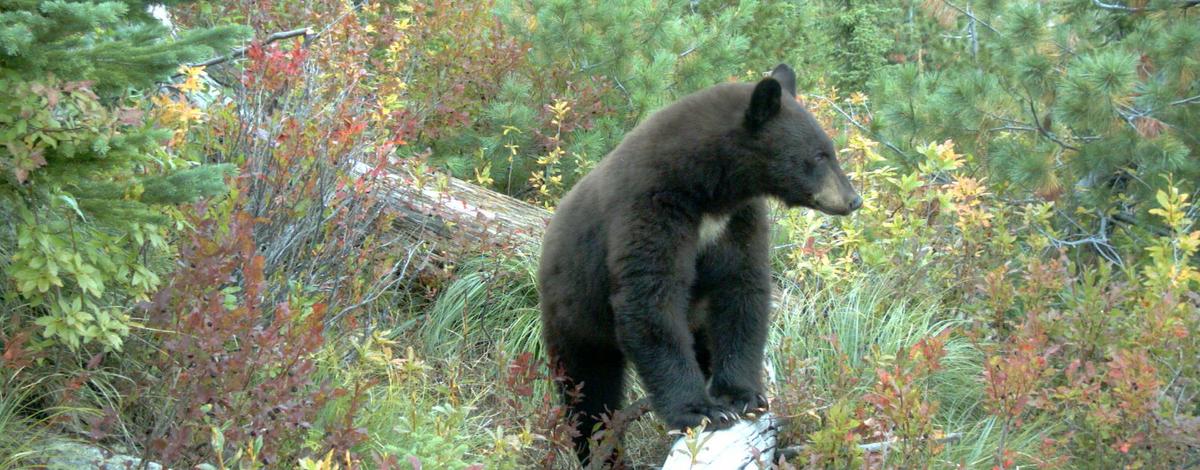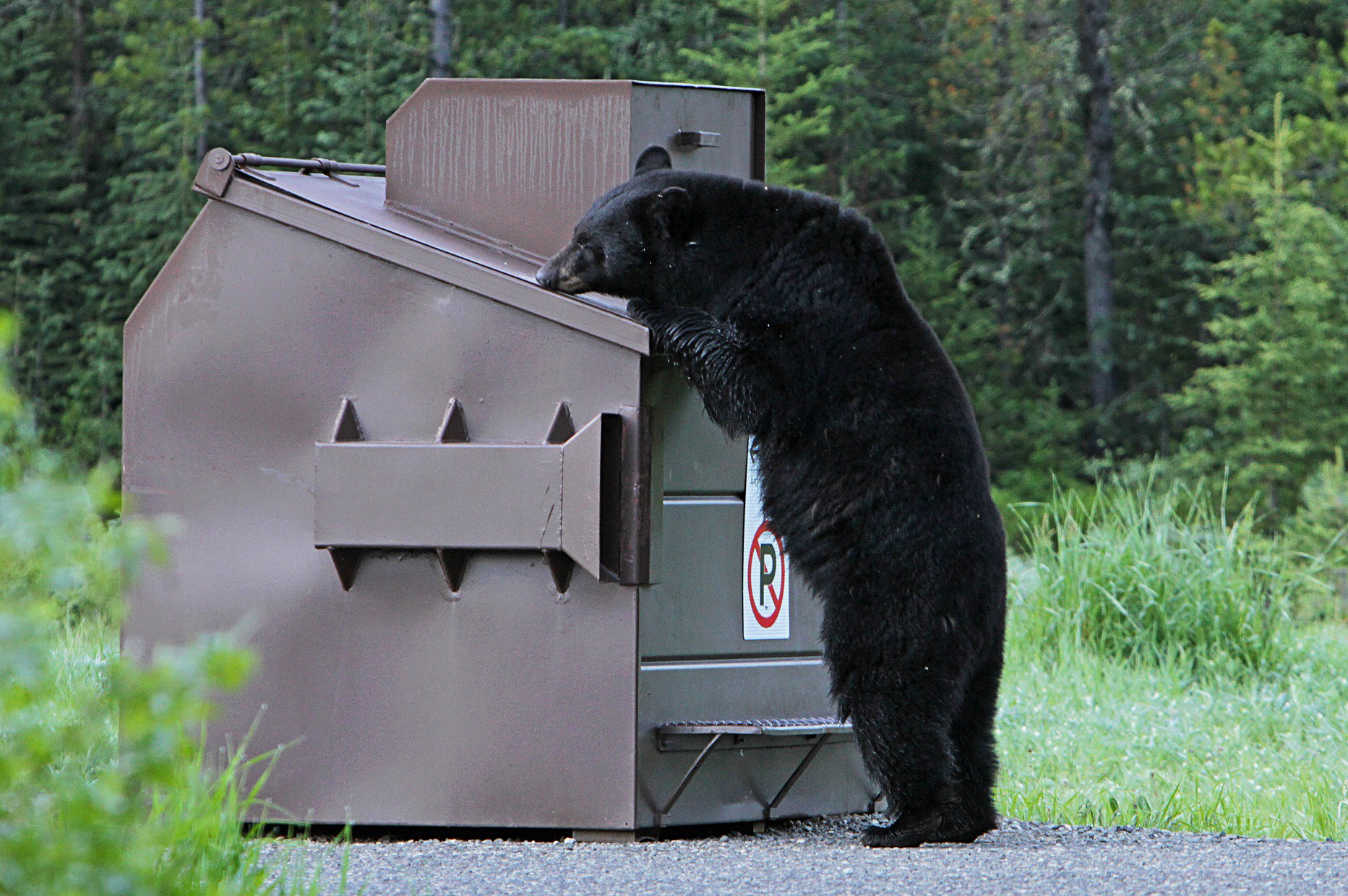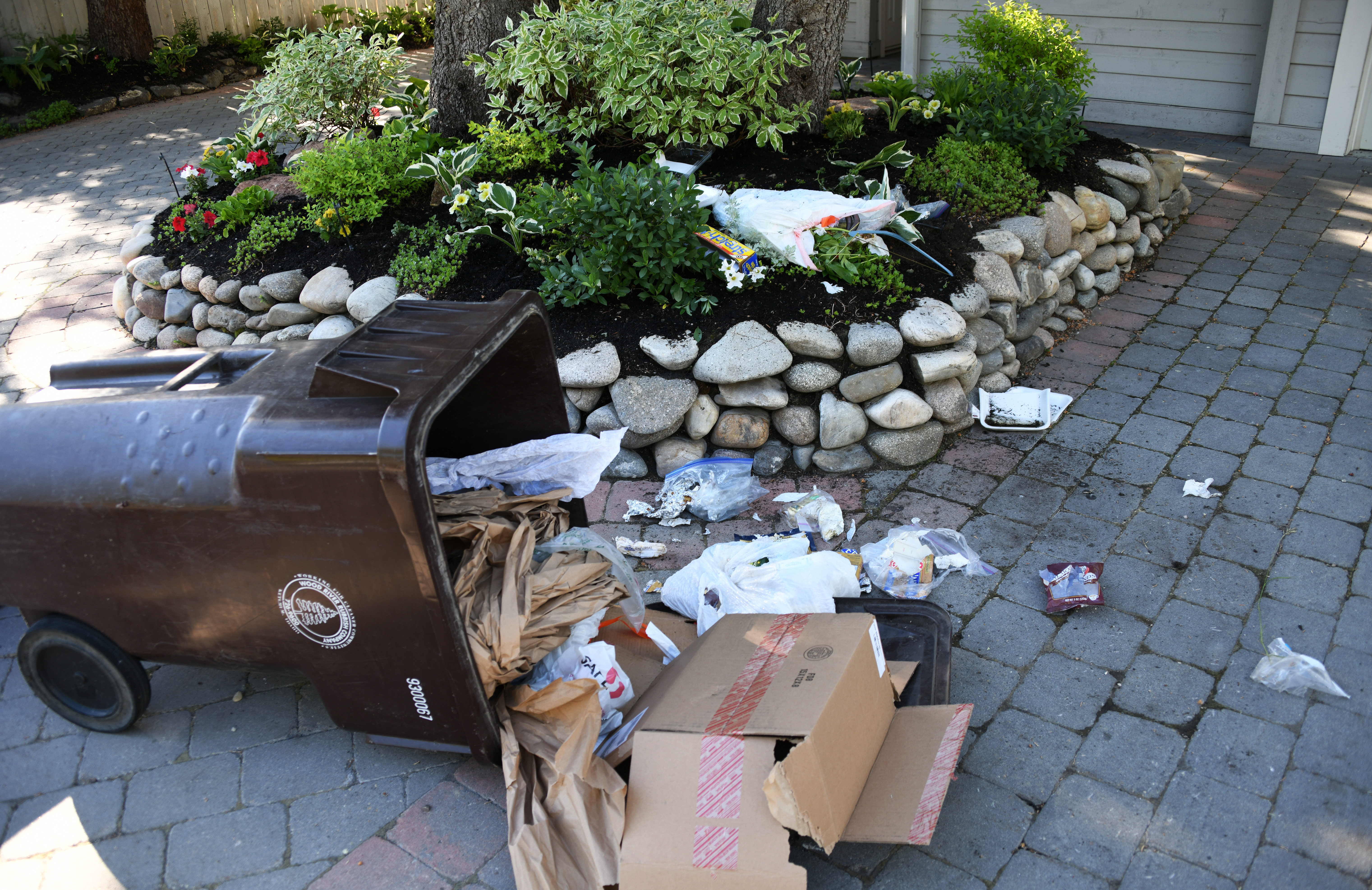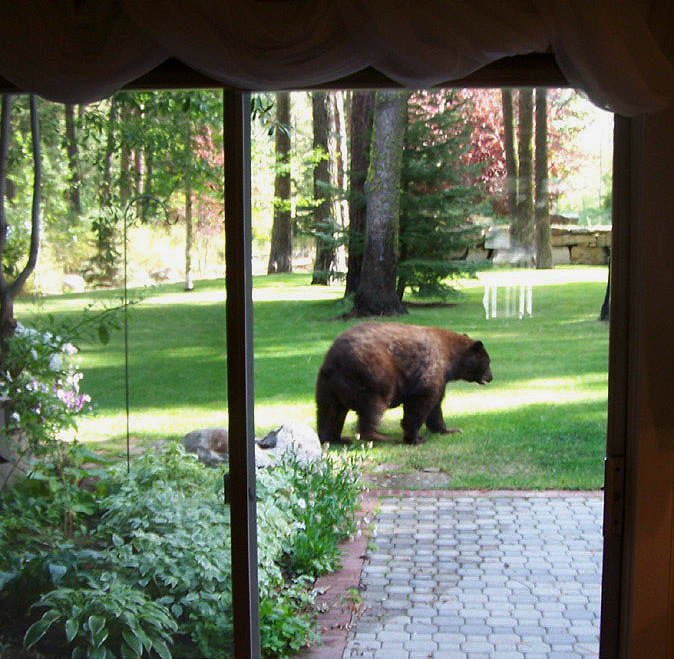Spring has arrived, and so have bears coming out of hibernation. With plants starting to break their long winter dormancy, wildlife are doing the same. Black bears that live in south-central Idaho and other parts of the state are waking up, and they will be very hungry.
After spending the winter months burning their fat reserves hibernating, black bears will immediately start looking for food, mostly spring grasses, but pretty much anything that can provide easy calories. During hibernation, boars (male) black bears usually lose 15-30% of their body weight, while sows with cubs can lose up to 40%. After emerging from hibernation, black bears are on a quest to eat between 15,000 – 20,000 calories a day to build up their fat reserves, which means they are constantly searching for food.
Bears can smell food for miles
After leaving their winter dens, bears begin to search out food sources by using their extremely keen sense of smell. In fact, it is believed that a bear’s sense of smell is seven times better than a bloodhound’s and is often measured in miles.




